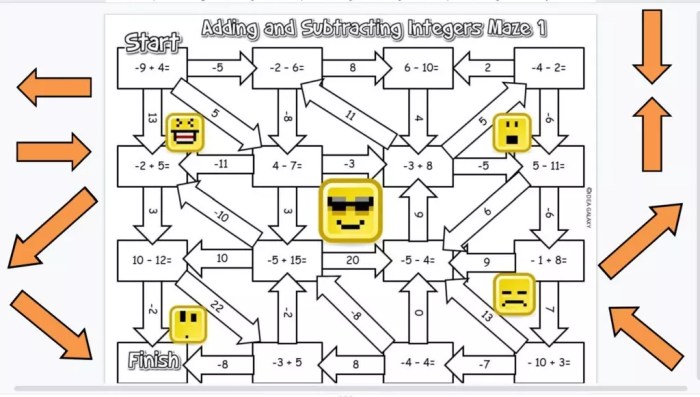Elementary differential equations and boundary value problems 10th ed – Delving into the intricate world of differential equations, “Elementary Differential Equations and Boundary Value Problems: A Comprehensive Exploration (10th Edition)” offers a profound understanding of this fundamental mathematical concept. With its engaging narrative and authoritative tone, this textbook empowers students to master the intricacies of differential equations and their applications across diverse fields.
This comprehensive guide covers a wide range of topics, from first-order differential equations to boundary value problems, equipping readers with a solid foundation in the subject. Through detailed explanations, illustrative examples, and real-world applications, the authors provide a thorough understanding of the theoretical concepts and their practical significance.
1. Introduction

Elementary differential equations and boundary value problems are mathematical tools used to model and solve a wide range of problems in science, engineering, and other fields. This textbook provides a comprehensive introduction to these topics, covering the fundamental concepts and methods for solving differential equations.
The 10th edition of this textbook has been thoroughly revised and updated to include the latest developments in the field. Key additions include new sections on:
- Numerical methods for solving differential equations
- Partial differential equations
- Applications of differential equations in biology and medicine
2. First-Order Differential Equations
First-order differential equations are the simplest type of differential equations. They can be used to model a wide range of problems, such as the growth of populations, the decay of radioactive substances, and the motion of objects in a gravitational field.
There are a number of different methods for solving first-order differential equations. Some of the most common methods include:
- Separation of variables
- Integrating factors
- Linear first-order equations
3. Higher-Order Differential Equations: Elementary Differential Equations And Boundary Value Problems 10th Ed
Higher-order differential equations are more complex than first-order differential equations. They can be used to model a wider range of problems, such as the vibrations of a string, the flow of heat in a solid, and the motion of a planet around the sun.
There are a number of different methods for solving higher-order differential equations. Some of the most common methods include:
- The method of undetermined coefficients
- The method of variation of parameters
- The Laplace transform
4. Systems of Differential Equations
Systems of differential equations are used to model problems involving multiple variables. They can be used to model a wide range of problems, such as the motion of a pendulum, the flow of fluid in a pipe, and the interactions between populations.
There are a number of different methods for solving systems of differential equations. Some of the most common methods include:
- Matrix methods
- The Laplace transform
- Numerical methods
5. Boundary Value Problems
Boundary value problems are a type of differential equation problem that involves specifying the values of the solution at one or more points. They can be used to model a wide range of problems, such as the temperature distribution in a rod, the deflection of a beam, and the flow of fluid in a pipe.
There are a number of different methods for solving boundary value problems. Some of the most common methods include:
- The method of separation of variables
- The method of Green’s functions
- Numerical methods
6. Applications of Differential Equations
Differential equations are used in a wide range of applications, including:
- Physics
- Engineering
- Biology
- Medicine
- Economics
Differential equations can be used to model a wide range of phenomena, such as the motion of objects, the flow of fluids, the growth of populations, and the spread of diseases.
FAQ Summary
What is the significance of differential equations?
Differential equations play a crucial role in various fields, including physics, engineering, and biology. They allow us to model and analyze the behavior of dynamic systems, such as the motion of objects, the flow of fluids, and the growth of populations.
What are the key concepts covered in this textbook?
This textbook covers a comprehensive range of topics, including first-order differential equations, higher-order differential equations, systems of differential equations, and boundary value problems. It provides a thorough understanding of the theoretical foundations and practical applications of differential equations.
How can I use this textbook to enhance my understanding of differential equations?
This textbook offers a wealth of resources to support your learning, including detailed explanations, illustrative examples, practice exercises, and real-world applications. By actively engaging with the material, you can develop a deep understanding of differential equations and their applications.

